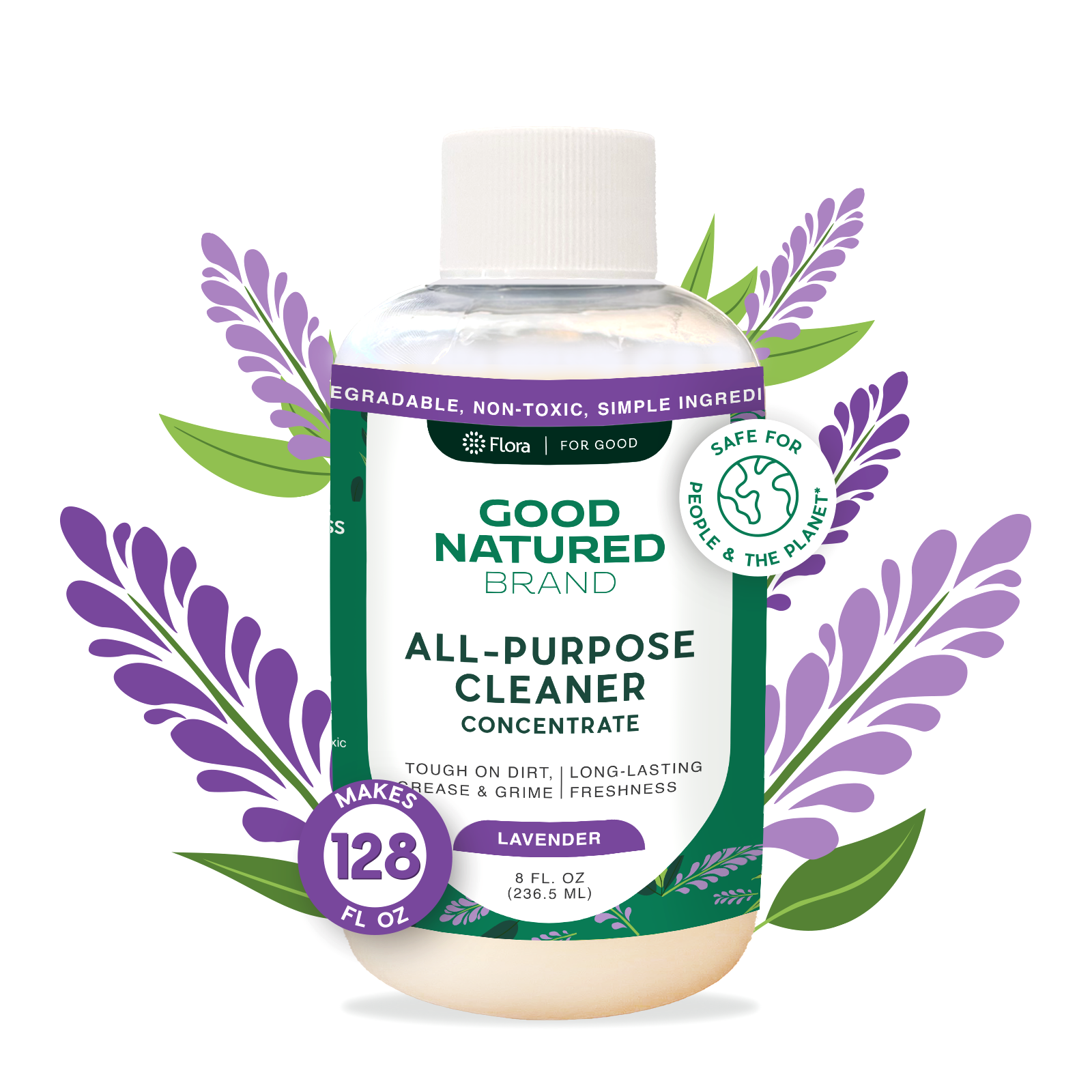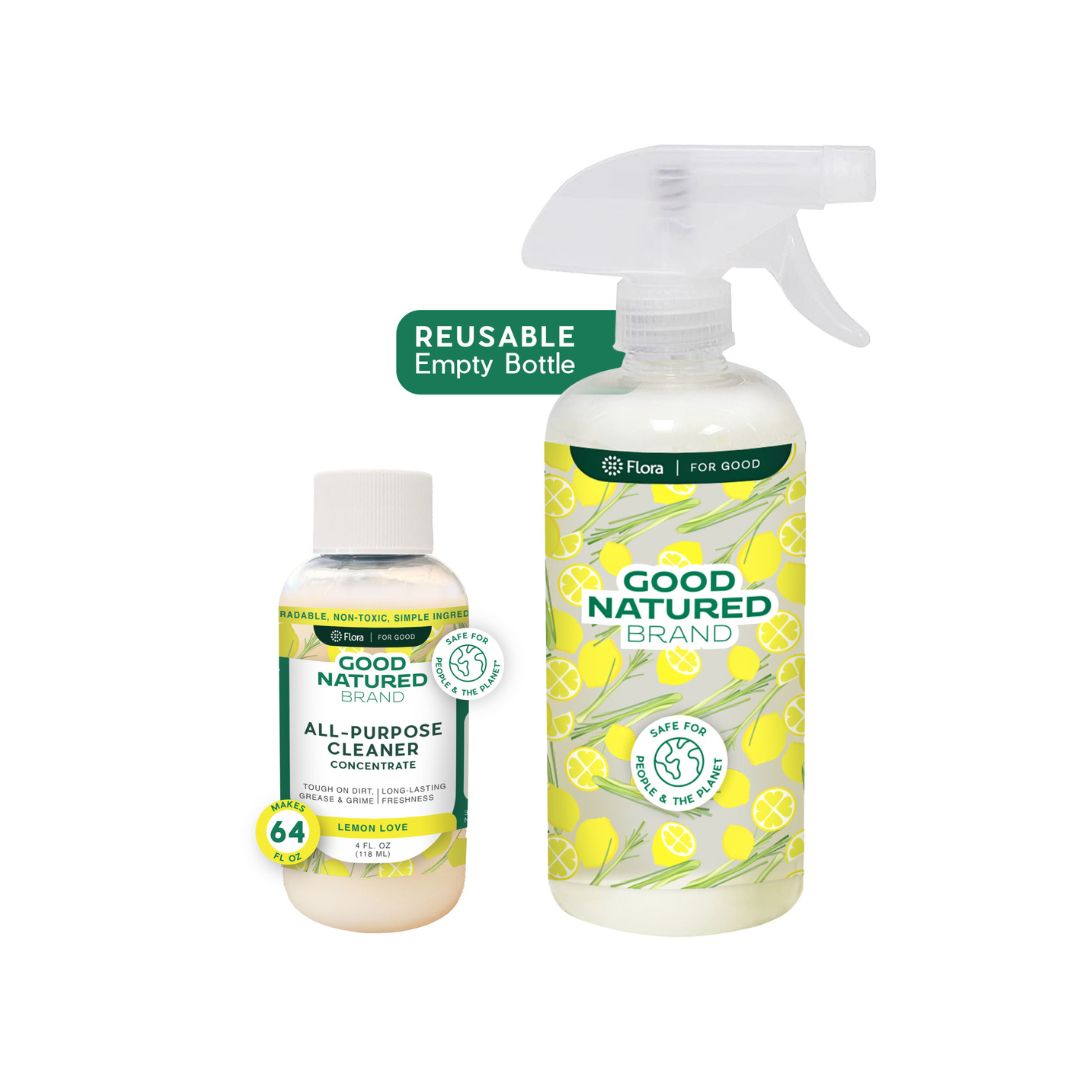In the quest for a cleaner, more sustainable lifestyle, the choice of laundry products plays a pivotal role. Among these, washing laundry liquid stands out as a versatile and effective solution for keeping our clothes fresh and clean. But what exactly is washing laundry liquid, and how can we utilize it to its fullest potential? This blog aims to enlighten you on the ins and outs of washing laundry liquid, helping you make informed choices that benefit both your wardrobe and the planet.
What is Washing Laundry Liquid?
Washing laundry liquid is a detergent formulated specifically for cleaning laundry. Unlike traditional laundry powders, which can sometimes leave residue or clump together, washing liquids are designed to dissolve quickly and effectively in water. This ensures that they penetrate fabric fibers, lifting dirt and stains with greater efficiency.
The composition of washing laundry liquid typically includes surfactants, enzymes, and other cleaning agents. Surfactants help break down dirt and grease, while enzymes target tough stains like protein and starch. Many washing liquids are also infused with fragrance, leaving your laundry smelling fresh and inviting.
Why Choose Eco-Friendly Washing Laundry Liquid?
As consumers become increasingly aware of the environmental impact of their choices, the demand for eco-friendly products has surged. Eco-friendly washing laundry liquids are formulated using biodegradable ingredients, reducing chemical runoff that can harm aquatic ecosystems.
By opting for eco-friendly laundry liquids, you contribute to a healthier planet. Good Natured Brand is committed to offering high-quality, eco-friendly products that minimize environmental impact without compromising on performance. Their laundry products are crafted with natural ingredients, ensuring that you can wash your clothes while also caring for the environment. For more information about their mission and offerings, visit Good Natured Brand.
Types of Washing Laundry Liquid
The market is brimming with various types of washing laundry liquids, each catering to specific needs and preferences. Understanding these options can help you make the right choice for your laundry routine.
-
Concentrated vs. Non-Concentrated Formulas: Concentrated laundry liquids are designed to provide powerful cleaning with a smaller amount of product. This not only saves space but also reduces packaging waste. Non-concentrated formulas, while effective, may require larger quantities for the same results.
-
Scented vs. Unscented Options: Many washing liquids come in both scented and unscented varieties. If you have sensitive skin or allergies, opting for an unscented version may be best. However, if you enjoy a pleasant fragrance, there are plenty of scented options available that use natural essential oils.
Choosing the right type of washing laundry liquid can significantly impact your laundry experience. Consider your specific needs, such as skin sensitivity and cleaning power, to find the perfect match.
Key Ingredients to Look For in Washing Laundry Liquid
When selecting a washing laundry liquid, it's crucial to pay attention to the ingredients. Not all laundry liquids are created equal, and some may contain harmful chemicals that can irritate the skin or damage fabrics. Here are some key ingredients to look for:
-
Natural Surfactants: These are derived from plant-based sources and are effective in breaking down grime without harming the environment.
-
Enzymes: Look for laundry liquids that contain enzymes specifically formulated for breaking down tough stains. Protein enzymes are great for blood and egg stains, while amylase tackles starchy stains like sauces and gravies.
-
Fragrance-Free Options: If you have sensitive skin or allergies, choose products labeled as fragrance-free. This ensures that your laundry is free of synthetic scents that might cause irritation.
-
Biodegradable Ingredients: Products that boast biodegradable ingredients are preferred for their lesser environmental impact. Always read labels to confirm that the laundry liquid aligns with your eco-friendly values.
By being mindful of the ingredients in your washing laundry liquid, you can ensure that you're making a choice that's good for both your family and the planet.
Preparing to Use Washing Laundry Liquid
Before you dive into your laundry, there are several essential steps to take to prepare. Proper preparation can lead to better cleaning results and extend the lifespan of your clothing.
Sorting Clothes by Color and Fabric Type
One of the most critical steps in laundry preparation is sorting. Separate your laundry into groups based on color—dark, light, and whites—to prevent color bleeding. Additionally, consider the fabric type. Delicate fabrics such as silk and lace should be washed separately from heavier items like towels and jeans to avoid damage.
Checking Care Labels
Always check the care labels on your garments. These labels provide valuable information regarding the appropriate washing instructions, including the recommended temperature and wash cycle. Following these guidelines will help maintain the quality of your clothing and prevent shrinkage or fading.
By taking the time to prepare your laundry properly, you set yourself up for success when using washing laundry liquid.
Measuring the Right Amount of Washing Laundry Liquid
Getting the dosage right is crucial for achieving optimal cleaning results without wasting product. The amount of washing laundry liquid you need depends on several factors, including the type of washing machine you have, the size of the load, and the level of soiling on your clothes.
Guidelines for Different Washing Machines
If you own a high-efficiency (HE) washing machine, it’s essential to use a specially formulated HE laundry liquid. These machines require less water and, consequently, less detergent. Typically, a smaller amount—around two tablespoons—will suffice for a standard load in a HE washer.
For traditional top-loading machines, you may need to use a bit more detergent, sometimes up to one-third of a cup, depending on the load size. Always refer to the instructions on the laundry liquid bottle for the specific recommendations regarding dosage.
Factors that Affect the Amount Needed
-
Load Size: Larger loads may require more liquid, while smaller loads need less. For extra-large or heavily soiled loads, consider adding a little more than the standard dosage to ensure thorough cleaning.
-
Soil Level: Heavily soiled items, such as work clothes or athletic gear, may benefit from an additional capful of washing laundry liquid. Conversely, lightly soiled clothes can often be cleaned effectively with less detergent.
By measuring the right amount of washing laundry liquid, you not only enhance your laundry's cleaning power but also contribute to a more sustainable approach by avoiding unnecessary product waste.
Best Practices for Using Washing Laundry Liquid
Using washing laundry liquid effectively can transform your laundry experience and yield better results. Here’s a step-by-step guide to help you maximize the effectiveness of your washing laundry liquid.
Step-by-Step Guide for Using Washing Laundry Liquid
-
Loading the Machine: Begin by placing your sorted laundry in the washing machine. Make sure not to overload the machine, as this can hamper the cleaning process. Leave enough space for water and detergent to circulate freely.
-
Adding Laundry Liquid: Most washing machines have designated compartments for detergent. For front-loading machines, add the washing laundry liquid to the compartment marked for detergent. Top-loading machines typically require you to dilute the laundry liquid in water before adding it directly to the drum.
-
Selecting the Wash Cycle: Choose the appropriate wash cycle based on your fabric types and soil levels. Delicate fabrics may require a gentle cycle, while heavily soiled items may need a more vigorous wash.
-
Setting the Water Temperature: Whenever possible, wash in cold water to save energy and preserve fabric quality. Many modern washing liquids, including eco-friendly options, are formulated to work effectively in cold water.
-
Starting the Machine: Close the lid or door and start the washing machine. Allow it to complete the cycle without interruption for best results.
Tips for Optimizing Washing Performance
-
Pre-treat Stains: For stubborn stains, consider pre-treating the affected area with a small amount of washing laundry liquid before washing. Gently rub the liquid into the stain and let it sit for 10-15 minutes.
-
Use a Laundry Bag for Delicates: Protect delicate items by placing them in a mesh laundry bag. This prevents snagging and ensures they receive gentle treatment.
-
Regular Maintenance: Regularly clean your washing machine according to the manufacturer's instructions. A clean machine ensures optimal performance and prevents odors from building up.
By following these best practices, you can ensure that your laundry comes out clean and fresh every time, enhancing the longevity of your garments.
Troubleshooting Common Laundry Issues
Even with the best practices in place, laundry can sometimes present challenges. Here are some common issues and how to resolve them using washing laundry liquid.
Dealing with Stains Effectively
Stains are often the most frustrating aspect of laundry. Here are some tips for tackling tough stains:
-
Grease Stains: Apply washing laundry liquid directly to the grease stain and let it sit for about 10 minutes before washing. This will help break down the oils, making them easier to remove.
-
Food Stains: For food-related stains, quickly rinse the fabric under cold water before applying laundry liquid. This helps remove excess residue and prepares the fabric for effective cleaning.
-
Blood Stains: Rinse blood stains with cold water immediately, then apply washing laundry liquid directly to the stain. Allow it to sit for 10-15 minutes before washing normally.
How to Handle Odor Issues
Sometimes, even after washing, clothes can retain an unpleasant odor. This is often due to bacteria or mildew. Here’s how to combat odors:
-
Use the Right Amount of Laundry Liquid: Ensure you’re using enough washing laundry liquid to effectively clean your clothes. Too little liquid may not eliminate odors.
-
Dry Clothes Properly: Always dry your clothes thoroughly after washing. Damp clothing can develop mildew, leading to odors. Consider using a combination of laundry liquid and Carpet Fresheners to maintain freshness in your laundry area.
-
Add Vinegar to the Rinse Cycle: For persistent odors, consider adding a cup of white vinegar during the rinse cycle. Vinegar helps neutralize odors and leaves clothes smelling fresh.
Eco-Friendly Tips for Laundry Day
Making your laundry routine more eco-friendly can have a significant impact on your carbon footprint. Here are some tips to incorporate sustainable practices into your laundry day:
How to Reduce Water and Energy Usage
-
Wash Full Loads: Always wait until you have a full load of laundry before running the machine. This maximizes efficiency and conserves water.
-
Use Cold Water: Washing in cold water not only saves energy but also helps preserve the integrity of fabrics. Most eco-friendly washing laundry liquids are effective in cold temperatures.
Importance of Washing in Cold Water
Many laundry liquids, including those from Good Natured Brand, are specially formulated to provide effective cleaning even in cold water. This means you can achieve clean clothes while minimizing your energy consumption.
Frequently Asked Questions (FAQs)
Is it safe for sensitive skin?
Many eco-friendly washing laundry liquids are formulated without harsh chemicals and fragrances, making them suitable for sensitive skin. Always look for products labeled as hypoallergenic or specifically designed for sensitive skin.
Can I use washing laundry liquid in all types of machines?
Yes, but it's essential to choose the right type of laundry liquid for your machine. High-efficiency (HE) washing liquids are specifically designed for HE machines, while standard formulas work well in traditional machines.
Conclusion
Using washing laundry liquid effectively is key to maintaining the cleanliness and longevity of your clothes. By understanding how to measure, apply, and troubleshoot your laundry routine, you can ensure that each wash is as effective as possible. Choosing eco-friendly options further amplifies your positive impact on the environment.
For additional tips and eco-friendly products to enhance your laundry experience, explore the offerings from Good Natured Brand, including Room and Linen Sprays for keeping your home smelling fresh and clean. With a little knowledge and the right products, laundry day can become a breeze!



























